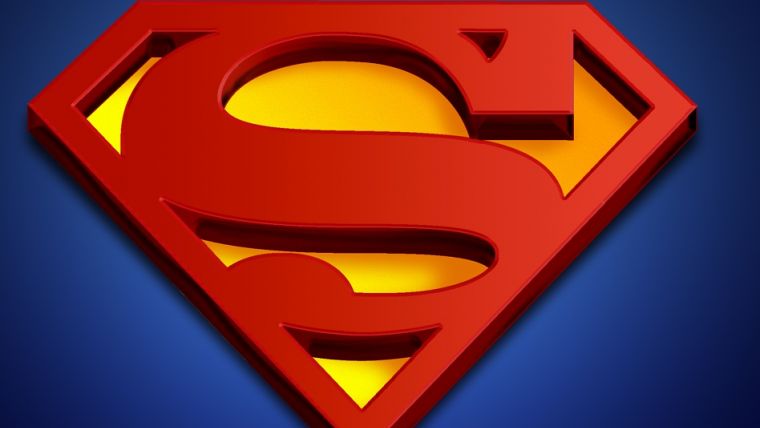Heroes of the 21st Century – An Ode to GIS
The term ‘superhero’, to which the copyright is owned jointly by the two biggest comic-book firms in the United States – Marvel and DC Comics – generally refers to people who have superhuman powers and who use those talents for the benefit of the community. The concept of superheroes first emerged during the Great Depression (1929-1940), a period of severe economic decline and an unemployment crisis. The USA suffered most from the distressing results of the global collapse.
In those days, people very much needed something encouraging and hopeful, whether imaginative or real. Superman appeared on the scene in the late 1930s, as the USA started to overcome the crisis. Superman’s enemies were harming the Earth and its people. The number of superheroes, who fought against these public enemies called ‘supervillains’, gradually increased and they have become outstandingly popular. During the Second World War, the USA’s supervillains were the countries who fought against the allies. Later on, a new generation of superheroes emerged whose superpowers originated from technological assets. Batman was amongst them. He had no superpowers at all, but rather technological opportunities and equipment that he used for the benefit of the public and to fight the enemies.
Who is the supervillain of the 21st century? Without any hesitation, I would say ‘global climate change’. The Secretary General of the United Nations, Ban Ki-moon, declares climate change as the most important priority of the century. Increasing numbers of natural disasters, global famine, drought, food and energy demands and a ruined planet…now the supervillains have turned into superthreats. As children have no chance to select their parents and homelands at birth, some live in abundance while others face death. At least one third of all children born each day will have to manage with just USD2 daily to meet their basic needs for their entire lives. One fifth of them will never use electricity. One in eight of them will suffer from hunger and at least 1 percent, i.e. ten million children, will die of hunger or hunger-related diseases before the age of 5. One in eight of them will survive without reliable clean-water resources and one in ten of them will never have access to health services. In the 21st century, we badly need numerous real superheroes to fight these enemies for the benefit of the communities. Those superheroes will probably be ones without superpowers but with supertechnologies to use: geographical information systems.
Geographical information technologies enable us to understand the layers of Earth and to make sound decisions. It is possible to create and sustain healthy living conditions in our towns, cities and regions with geographical information systems, as they help us deal with our environment from different perspectives and levels. GIS provides significant tools for determination of land for development, efficient and effective use of renewable energy resources, protection of natural systems, tackling pollution, etc. In a world where the opportunities that geographical information technologies offer are well understood and adopted, it is possible to make environmentally friendly plans. Hence, the 21st-century heroes’ most important weapons against the superthreats of the era should be geographical information technologies.
In fact, the message I would like to convey is quite clear: We do not have to be superheroes to fight the enemies/threats and make things better for people. Actually, anyone can achieve this. Technology can change everything, if properly used. We can make better and more efficient analyses with geographical information technologies – they can show us the past, help us understand today and guide us during our journey into the future.
5....4....3....2....1....
One person has just died of either hunger or hunger-related disease.
5....4....3....2....1....
Another person has just died of either hunger or hunger-related disease. And so on, every five seconds. Don’t you agree that we need superheroes?
This Insider's View column has been written by Prof Dr Alper Çabuk. He is currently manager of the Earth and Space Sciences Institute of Anadolu University, Turkey.

Value staying current with geomatics?
Stay on the map with our expertly curated newsletters.
We provide educational insights, industry updates, and inspiring stories to help you learn, grow, and reach your full potential in your field. Don't miss out - subscribe today and ensure you're always informed, educated, and inspired.
Choose your newsletter(s)












